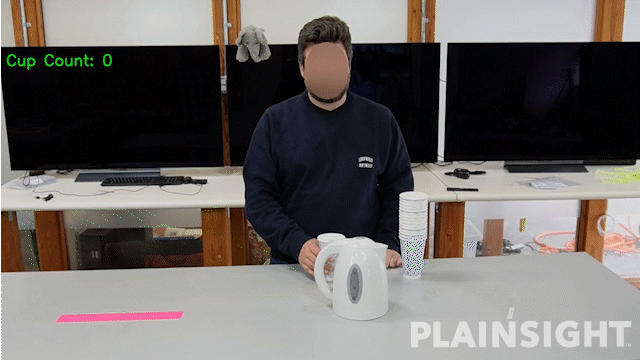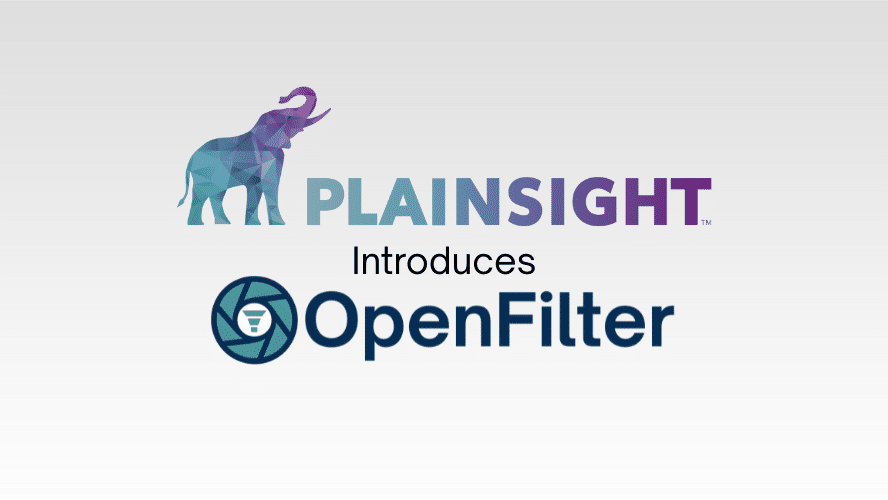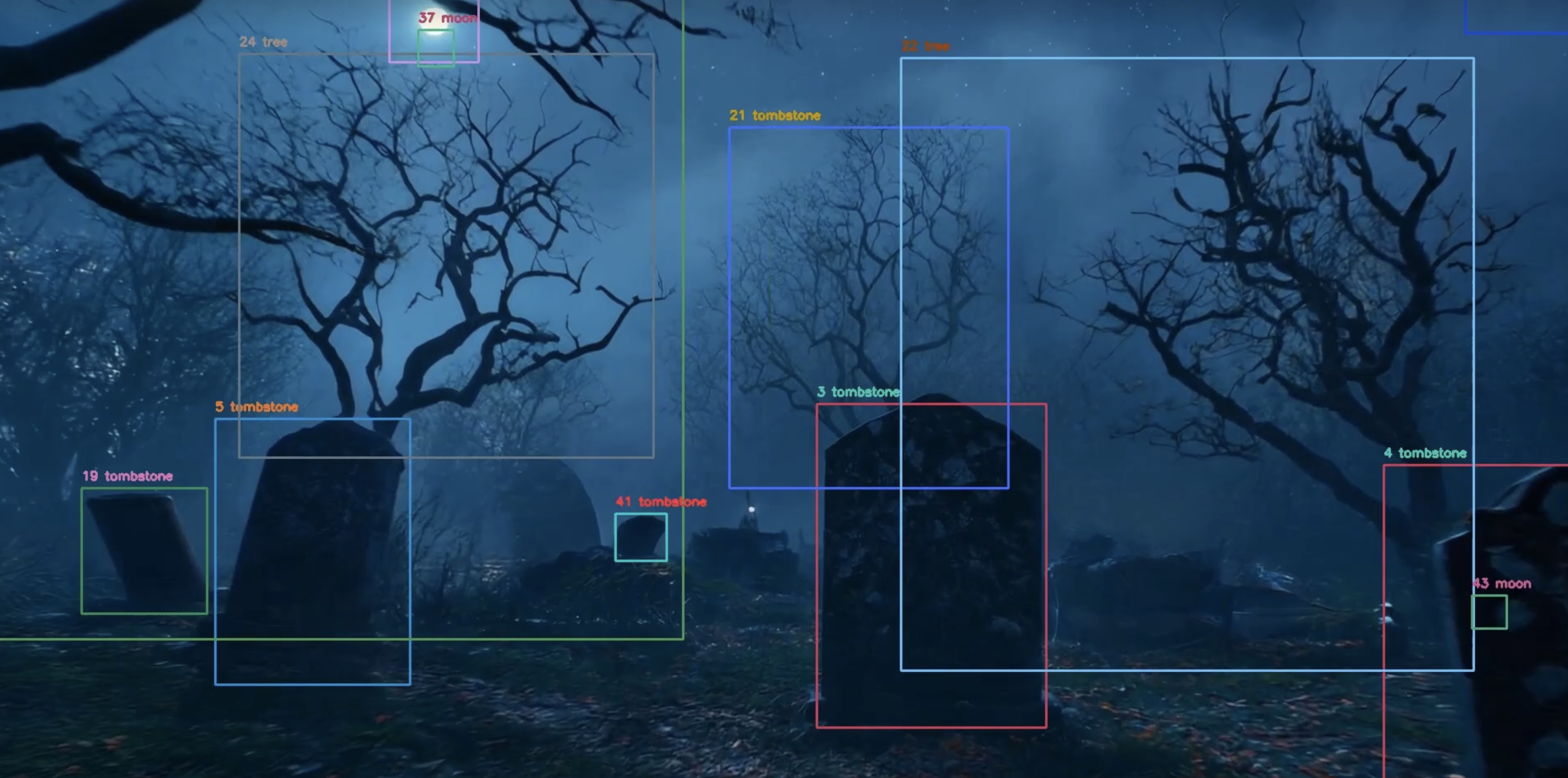The computer vision field is advancing quickly as the global computer vision market was valued at approximately 19.82 billion USD in 2024 and is expected to grow to around 58.29 billion USD by 2030. This surge reflects how industries from manufacturing to quick service restaurants are rapidly adopting computer vision systems to detect data patterns that are leading to increased revenue, improvements in safety and more time being given back to skilled workers.
However, as adoption accelerates, many organizations face a new challenge: scaling computer vision beyond proof of concept. A model may detect defects in a controlled environment, but scaling that to multiple cameras from different angles is far more complex. Every model you run adds to the GPU load, every camera streaming in real-time increases costs, and every deployment location requires additional hardware, maintenance, and optimization.
The gap lies in the infrastructure. It’s what manages the entire computer vision lifecycle, from capturing and curating data to training, deploying, and monitoring models in production. Strong infrastructure addresses the challenges of processing video and image data and managing the distinctive endpoint environment of cameras. Without it, even the most advanced models can fail to perform reliably in real-world settings, unable to scale, adapt, or produce consistent results over time.
What “Infrastructure” Really Means
In computer vision, infrastructure refers to the hardware, software, and systems that support the lifecycle of visual data, from collection and storage to training, deployment, and continuous improvement.
This consists of:
- Data pipelines that move and process massive volumes of visual information efficiently
- Compute resources (CPUs, GPUs, TPUs) that handle heavy model training loads and run models
- Edge, cloud, and local architectures that define how and where vision models are deployed
- Monitoring and feedback systems that keep models accurate over time

It’s the infrastructure that ties everything together, ensuring that the data ingested from your environment is accurate and converted into business critical data you can use to improve operational processes.
Why Infrastructure Matters More Than You Think

Vision AI models can count objects, blur faces and identify anomalies, but the real challenge comes after the model is built. Scaling these models to new environments, where shelves are moved, cameras are angled differently, or conditions change requires attention to data preprocessing, curation, publishing, and ongoing model evaluation. Without the right systems in place, models risk drifting overtime. Computer vision infrastructure bridges this gap by providing:
Reliability at scale
A model might perform well on a test dataset, but in the real world, with thousands of cameras or sensors creates complexity. Infrastructure ensures data flows smoothly, systems stay responsive, and the business critical data is consistently delivered.
Efficient data management
Large volumes of visual data can create storage and processing challenges. Infrastructure determines what gets processed locally, what goes to the cloud, and how systems handle it efficiently and cost-effectively.
Adaptive performance over time
As Vision AI models are constantly evolving, with continuous training, updates, and monitoring, they require flexible pipelines that keep pace with changing data and environments.
Protecting sensitive information
Computer vision applications often capture faces, license plates, or proprietary operations. Secure, compliant infrastructure is essential to maintain trust, reduce risk and ensure you retain ownership of your data.
The Competitive Advantage
Companies that treat infrastructure as a strategic asset, (not just an IT expense), scale faster, maintain stronger data security, and manage their information more effectively. Specifically, infrastructure allows teams to iterate quickly, capture cleaner data, and deploy computer vision models that perform reliably in the real-world.
The result? Fewer blind spots, fully integrated automation, and faster time-to-insight.
Building the Future of Computer Vision Together
Computer vision has the ability to transform your business operations, from tracking inventory counts in warehouses to ensuring kitchen stations maintain consistent food quality in quick service restaurants. However, this can only be obtained with the right framework in place.
With great infrastructure, including flexible data pipelines, reliable compute resources, and robust monitoring, organizations can ensure models handle real-world data, adapt to changing conditions, and deliver accurate, data-driven insights. Building this foundation now sets the stage for deploying advanced computer vision applications that can truly improve your work processes and team decision-making.
How Plainsight Makes It Possible
At Plainsight, infrastructure is the backbone of scalable, real-world computer vision. We simplify the complex workflows of computer vision by providing an end-to-end solution for data ingestion, annotation, model management, and deployment. Our scalable infrastructure enables enterprises to move from pilot to production faster, securely, and cost-effectively, without needing to build and maintain the underlying systems themselves. Whether you’re managing thousands of camera streams across global operations or optimizing performance at the edge, Plainsight ensures your computer vision models stay accurate, efficient, and reliable as your business evolves.
You May Also Like
These Related Stories
.gif)
The Need for Continuous Training in Computer Vision Models

Plainsight Introduces Open Source OpenFilter for Scalable Computer Vision AI

No Comments Yet
Let us know what you think